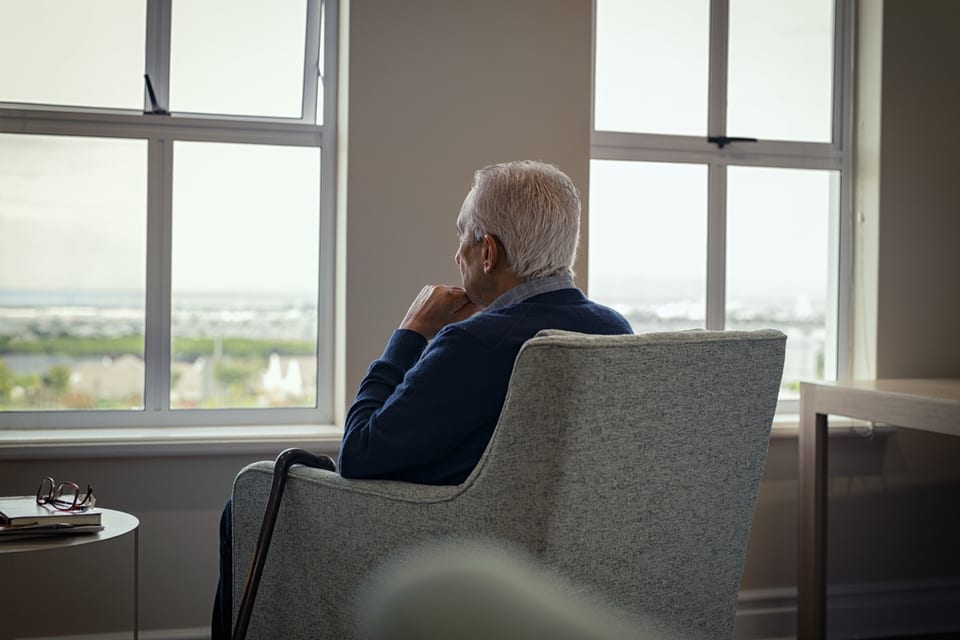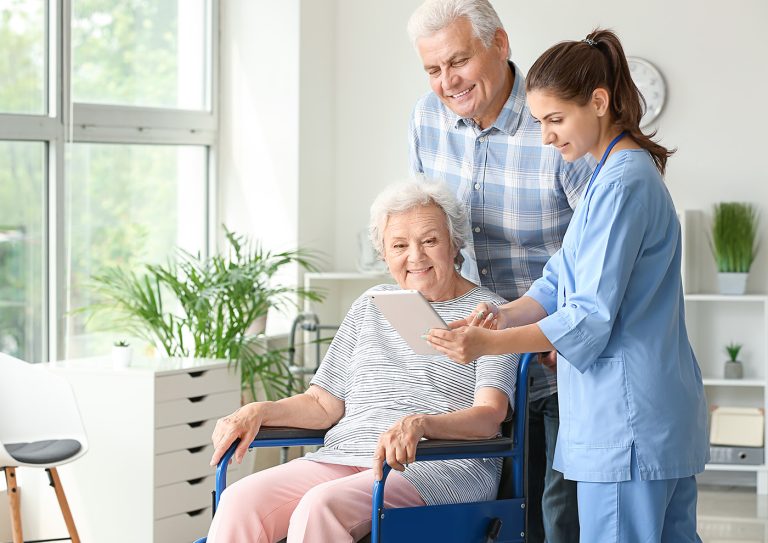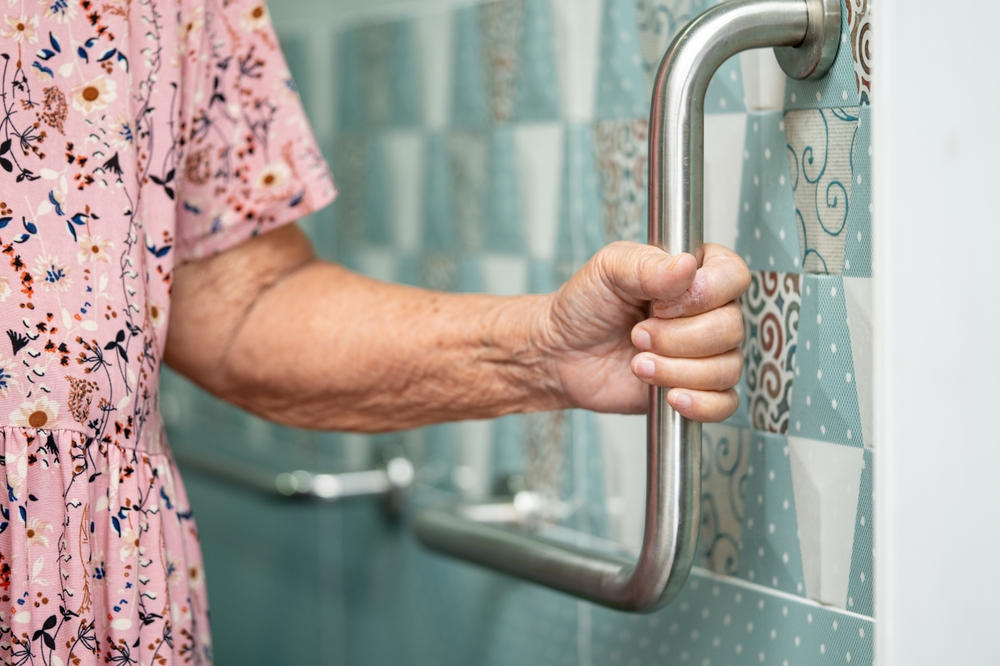As our loved ones age, ensuring their safety and independence becomes a primary concern. One of the significant advancements in technology that aids in this area is fall detection. Understanding how fall detection supports aging in place can provide peace of mind for family caregivers and enhance the quality of life for seniors.
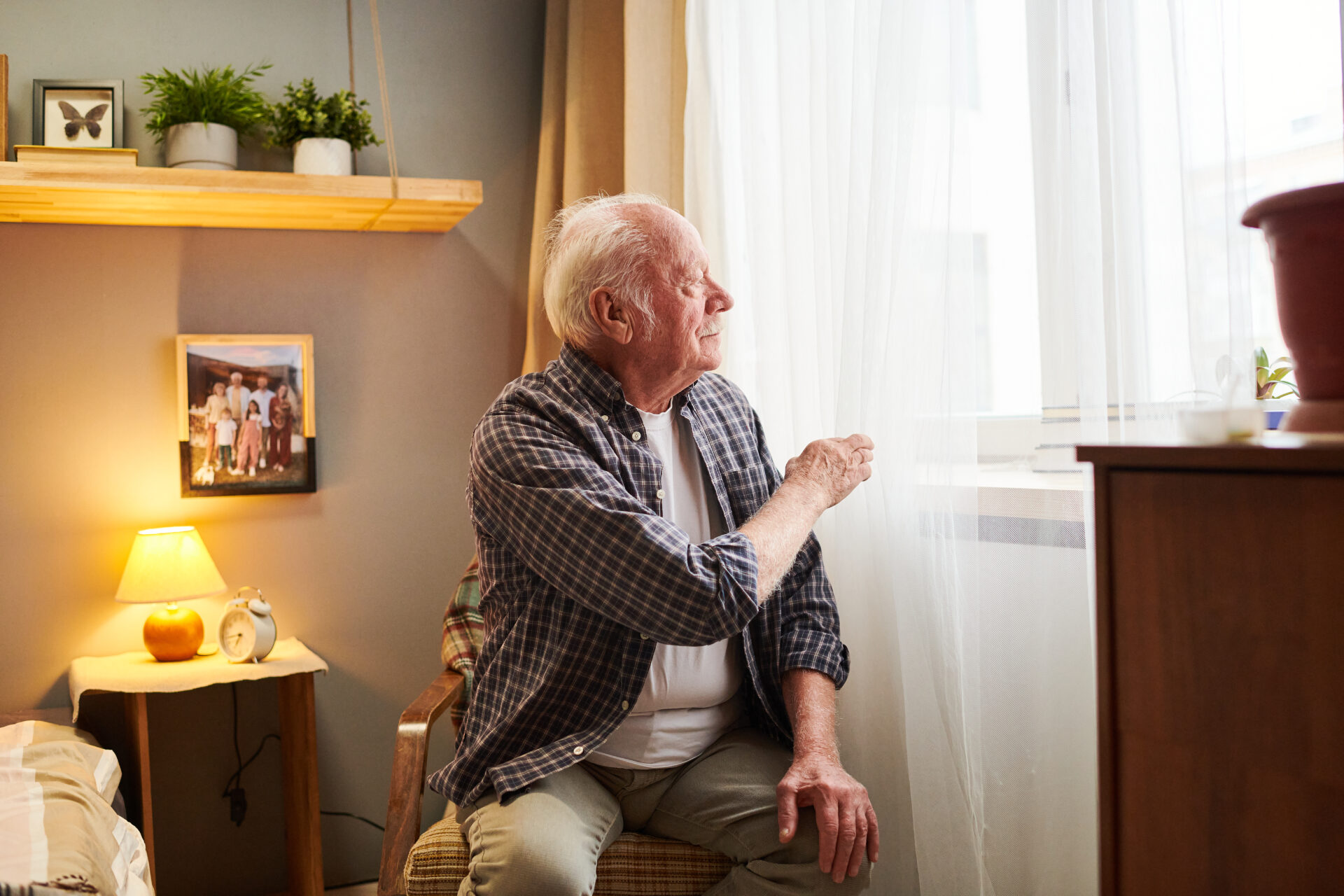
The Importance of Aging in Place
Aging in place refers to the ability of older adults to live in their own homes safely, independently, and comfortably, regardless of age, income, or ability level. This concept is highly valued as it maintains the dignity and independence of seniors. However, with aging comes the increased risk of falls, which can lead to severe injuries.
Challenges Faced by Seniors
Seniors face numerous challenges, including mobility issues, vision impairment, and balance problems, all of which contribute to the risk of falls. According to the CDC, falls are the leading cause of fatal and non-fatal injuries among older adults.
Understanding Fall Detection Technology
Fall detection technology involves systems designed to identify when a fall has occurred. These systems often use a combination of sensors and algorithms to detect unusual movements that indicate a fall.
Types of Fall Detection Systems
- Wearable Devices: These include smartwatches and pendants equipped with sensors.
- Non-Wearable Systems: These include home-based systems that use motion detectors and pressure sensors, such as those described in Fall Detection in Smart Homes.
Benefits of Fall Detection for Aging in Place
Integrating fall detection technology into the daily lives of seniors offers numerous benefits:
Enhanced Safety
Fall detection systems provide immediate alerts to caregivers and emergency services, drastically reducing response times and ensuring timely medical intervention.
Increased Independence
Seniors can maintain their independence knowing that help is just a notification away. This reduces the fear of falling, which can often lead to a decrease in physical activity.
Peace of Mind for Families
Family members can feel more at ease knowing their loved ones are monitored and protected, as discussed in Smart Elderly Care Solutions.
Implementation and Considerations
When considering fall detection for a loved one, it’s essential to evaluate the specific needs and capabilities of the senior. Some may prefer wearable devices for their portability, while others may benefit from integrated home systems.
Privacy Concerns
It’s crucial to address privacy concerns, especially with systems that use cameras. Opt for privacy-friendly solutions such as those highlighted in Fall Detection Without Cameras.
Cost and Accessibility
Evaluate the cost of the systems and ensure they are accessible to the senior and the family. Some systems may offer subscriptions or one-time purchases, so it’s vital to choose one that fits the family’s budget.
Maintaining Quality of Life
Fall detection not only protects seniors but also enhances their quality of life. By minimizing the risk of prolonged injury and ensuring quick response times, seniors can enjoy a higher level of comfort and ease in their daily activities.
Promoting Physical Activity
With the fear of falling reduced, seniors may be more inclined to engage in physical activities, promoting their overall health and well-being.
The Future of Fall Detection
The technology behind fall detection continues to evolve. Innovations are being made to improve accuracy and reduce false alarms, making these systems more reliable and user-friendly.
Integration with Smart Home Systems
The future of fall detection is likely to see further integration with smart home systems, as discussed in IoT Sensors for Daily Life. This integration can lead to more comprehensive monitoring solutions.
Conclusion
Understanding how fall detection supports aging in place highlights its potential in promoting safety, independence, and peace of mind for seniors and their families. As technology advances, these systems will become even more integral to elderly care.
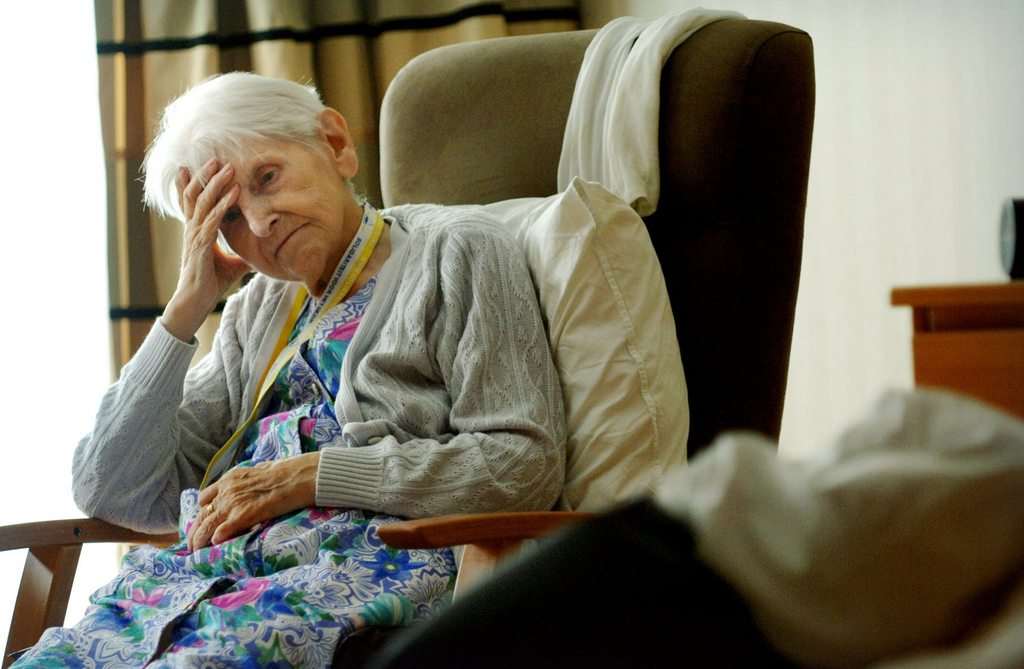
FAQs
What is fall detection technology?
Fall detection technology uses sensors and algorithms to identify falls and alert caregivers or emergency services promptly.
Why is aging in place important?
Aging in place allows seniors to live independently and comfortably in their homes, maintaining their dignity and quality of life.
How does fall detection enhance safety?
Fall detection systems provide immediate alerts, reducing response times and ensuring timely medical assistance, thus enhancing safety for seniors.
This article contains affiliate links. We may earn a commission at no extra cost to you.

